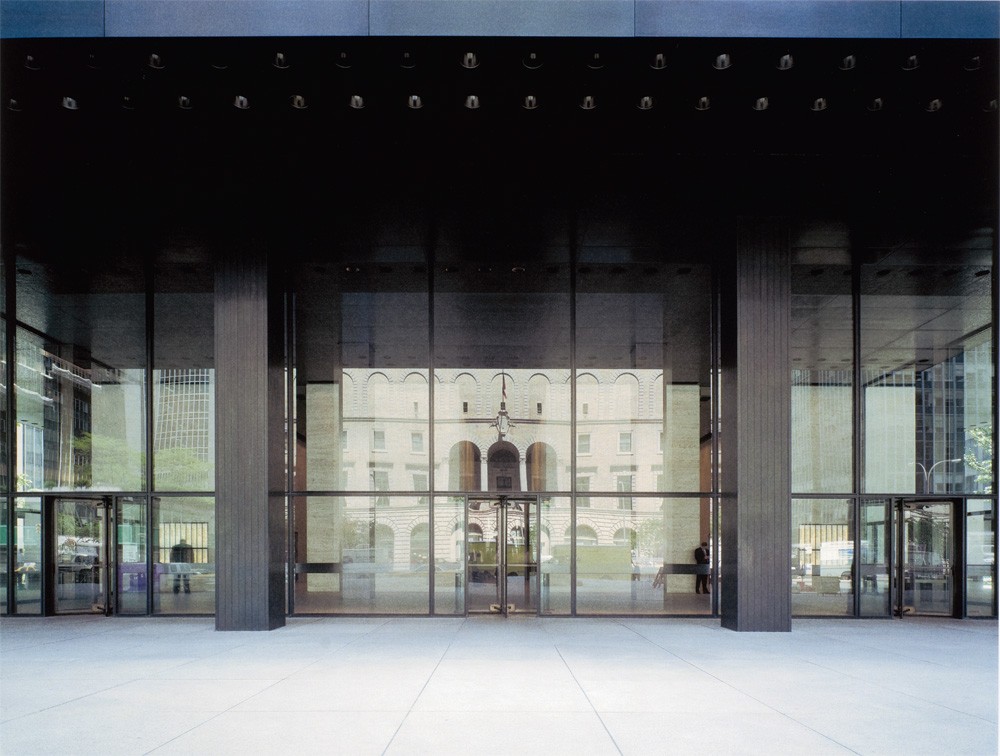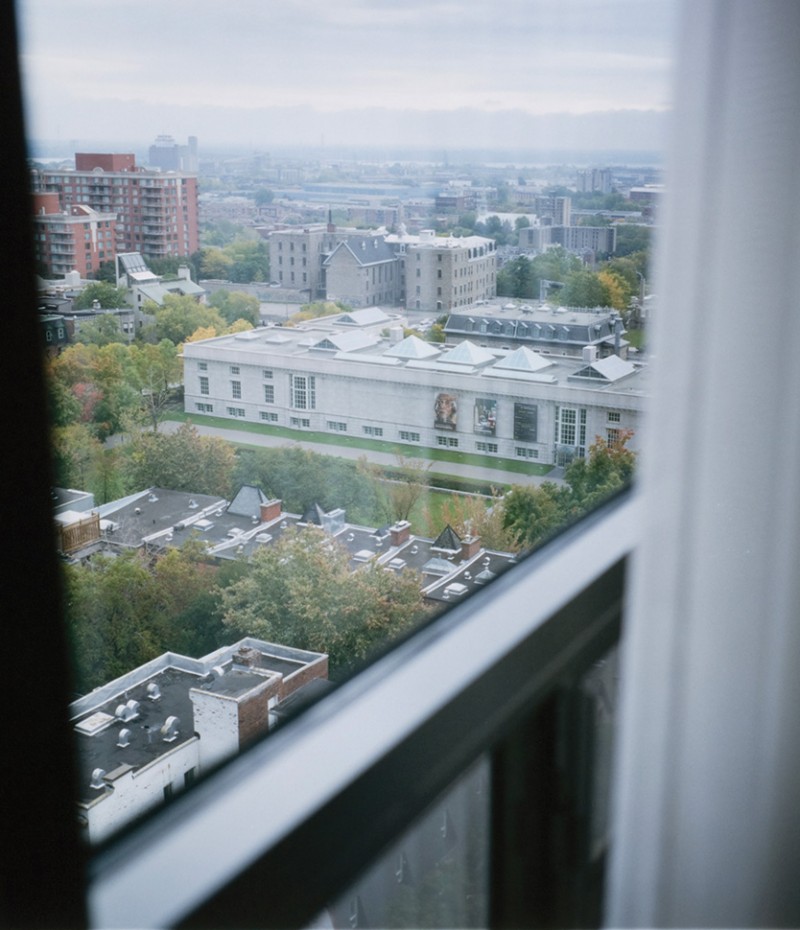Figures of Influence
Being Architecture: The Passion of Phyllis Lambert
As a student at Vassar College, Phyllis Lambert found the question of influence—as it was then taught—to be superficial. “I disliked that enormously, it was like saying that the wind blows this way so the artist or philosopher did that.” Provoked by simplistic narratives of causality and easy connections that amount to little more than trivia, Lambert readily speaks of the precedents, traditions and especially of the wide range of factors that combine to shape architecture. Technology, the principles governing tectonics, the nature of materials and their availability are of course primary. But these material factors are read within the cultural and ethical imperatives present in society at a given time and place. Finally, the lineage of buildings and the multiplicity of ideas that have come before, and architecture’s own understanding of its evolution within society, will have their say. “It is all these forces together and the need to question them that profoundly affect how an architect will approach her work,” she said.

Reflection of Racquet and Tennis Club in Seagram building lobby enclosure, New York, April 2000, inkjet print, 35.5 x 44.9 cm. Photographer: Richard Pare. Phyllis Lambert Fonds, Canadian Centre for Architecture, Montreal. Copyright Richard Pare.
Of course, Lambert’s six decades of involvement as an architect, a patron, a museum director and an activist have been supremely influential. From the Seagram building in New York to the Canadian Centre for Architecture in Montreal, from her role in highlighting the social implications of historic conservation and new construction to her many campaigns to democratize decision-making processes, she has made her mark as a powerful woman who relentlessly champions the idea that architecture is a paramount public concern.
While the coming together of Lambert, her father Samuel Bronfman, and the architects Ludwig Mies van der Rohe and Philip Johnson to build the Seagram building was no accident, it was the result of a fortuitous set of circumstances, which Lambert describes in Building Seagram (Yale University Press, 2013), her account of the life of this paragon of architectural Modernism. Lambert’s own involvement in the story of the Seagram building was perhaps the most unlikely, but also the most decisive. Beginning with a letter to her father in June 1954 condemning the unfathomably awful scheme then proposed for the Seagram Company’s new headquarters in Manhattan, Lambert urged her father not to copy what others had done before, but rather to create a building that would be a model for others. In so doing, she made a precocious and yet decisive contribution to the course of architectural history.

Plaza panorama of the Seagram Building, looking south from the first setback of 399 Park Avenue, New York, 15 April 2010, chromogenic colour print, 24 x 22.75 inches. Photographer: Richard Pare. Phyllis Lambert Collection. Copyright Richard Pare.
Respecting her fiery commitment, Bronfman acceded to the appointment of Lambert as Director of Planning for the Seagram building and endorsed her choice of Mies van der Rohe for its architect. In her role as de facto client, Lambert was able to catalyze her father’s vision of a monument worthy of the business opportunities he had encountered in the “New World,” and to align it with Mies’s own ambition. The architect’s words from 1924 (taken from a Mies van der Rohe manuscript June, 1924 and quoted in Fritz Neumeyer’s The Artless World: Mies van der Rohe and the Building Art, MIT Press, 1991) aptly summarize the aspiration that would drive the Seagram project: “While we want to stand with both feet firmly on the ground, we want to reach with our head to the clouds.” Navigating the male-dominated world of corporate bureaucracy with tireless determination, Phyllis Lambert made certain Mies’s design was not compromised in any significant way.

View of the Canadian Centre for Architecture from a window of Hotel du Fort, Montreal, 28 September 2007, chromogenic colour print, 13.1 x 16.7 cm. Photographer: Naoya Hatakeyama. Gift of the artist on the occasion of Phyllis Lambert’s 80th birthday. Phyllis Lambert Fonds, Canadian Centre for Architecture, Montreal. Copyright Naoya Hatakeyama.
The result of Lambert’s influence upon her father was the architectural masterpiece of the 20th century. The result of Mies’s influence upon Lambert was to launch her career in architecture. While the Seagram building temporarily brought Phyllis Lambert back into her father’s orbit from her self-imposed exile as an artist in Paris, it also confirmed her emancipation from him. “I was born” with the Seagram Building, she declares.
…to read the rest of the article, order your copy of Issue 138. To subscribe (and receive an additional 3 issues following Art + Architecture, including a delicious one this fall on PAINT) click here.

View of the north facade, Canadian Centre for Architecture, Montreal, 28 September 2007, chromogenic colour print, 13.1 x 16.7 cm. Photographer: Naoya Hatakeyama. Gift of the artist on the occasion of Phyllis Lambert’s 80th birthday. Phyllis Lambert Fonds, Canadian Centre for Architecture, Montreal. Copyright Naoya Hatakeyama.

